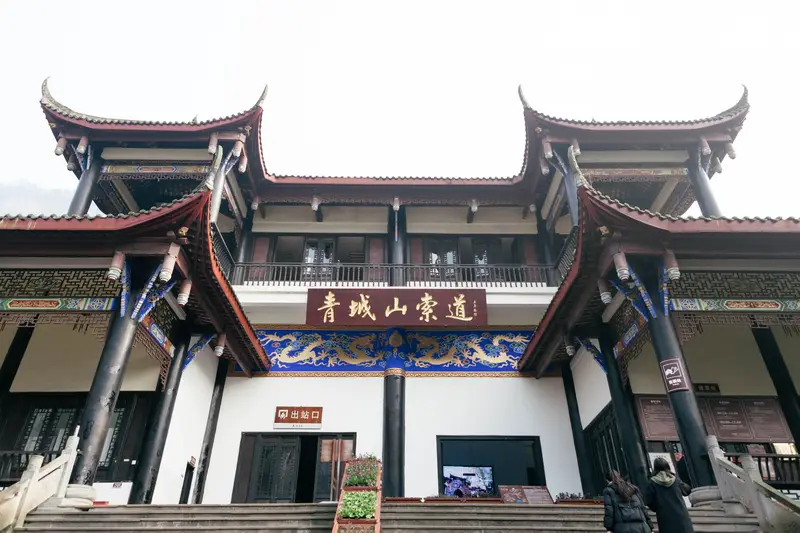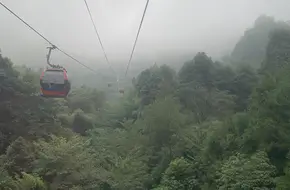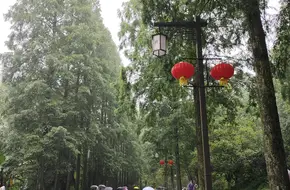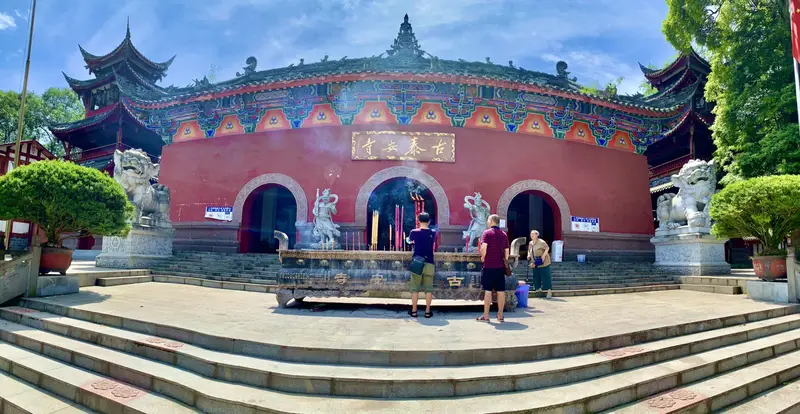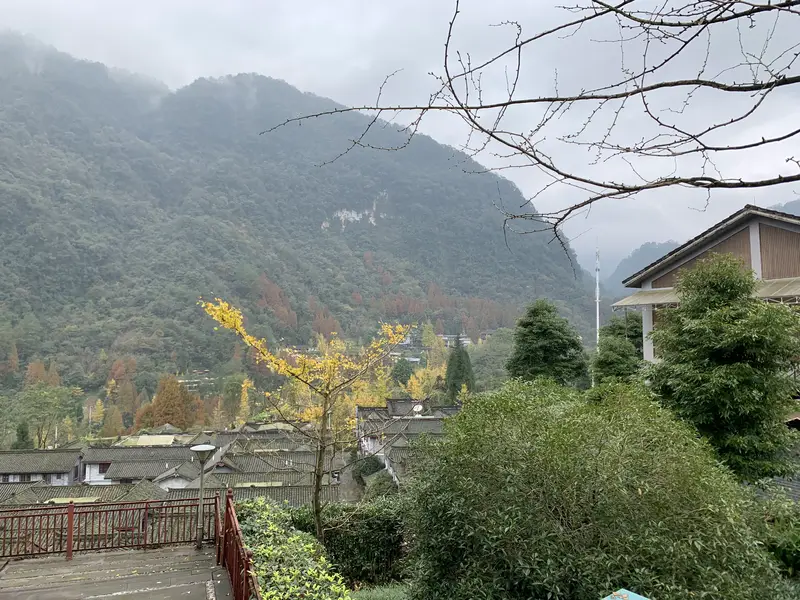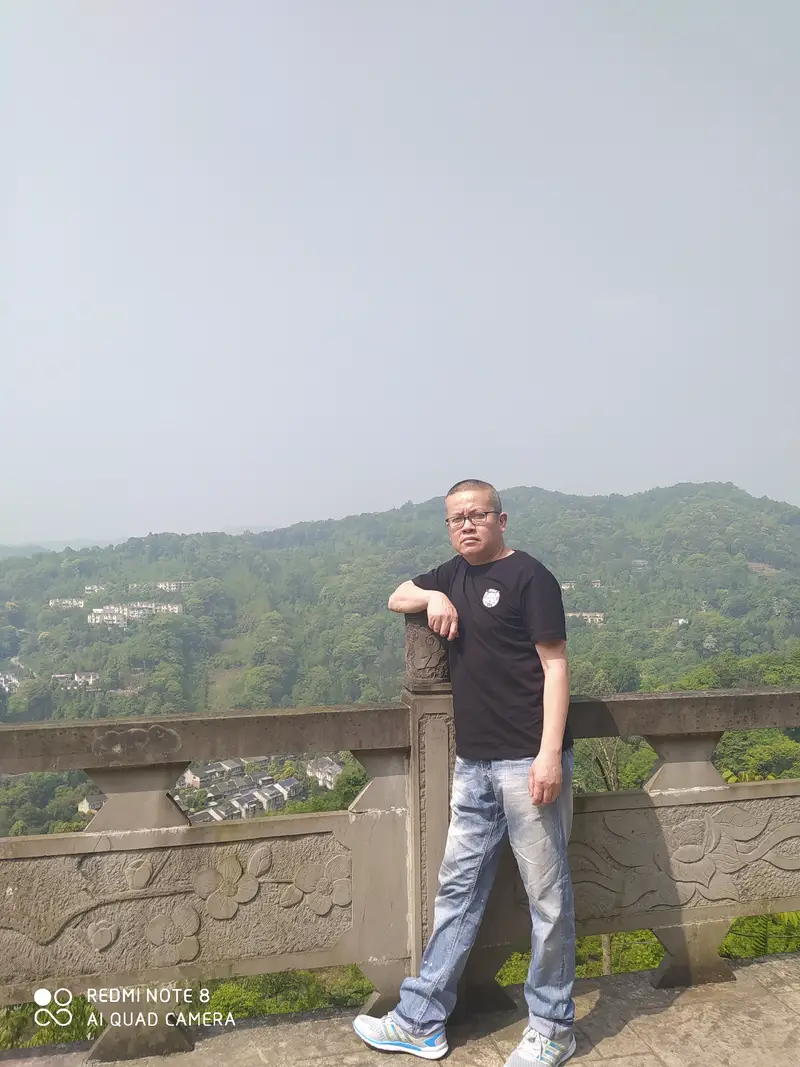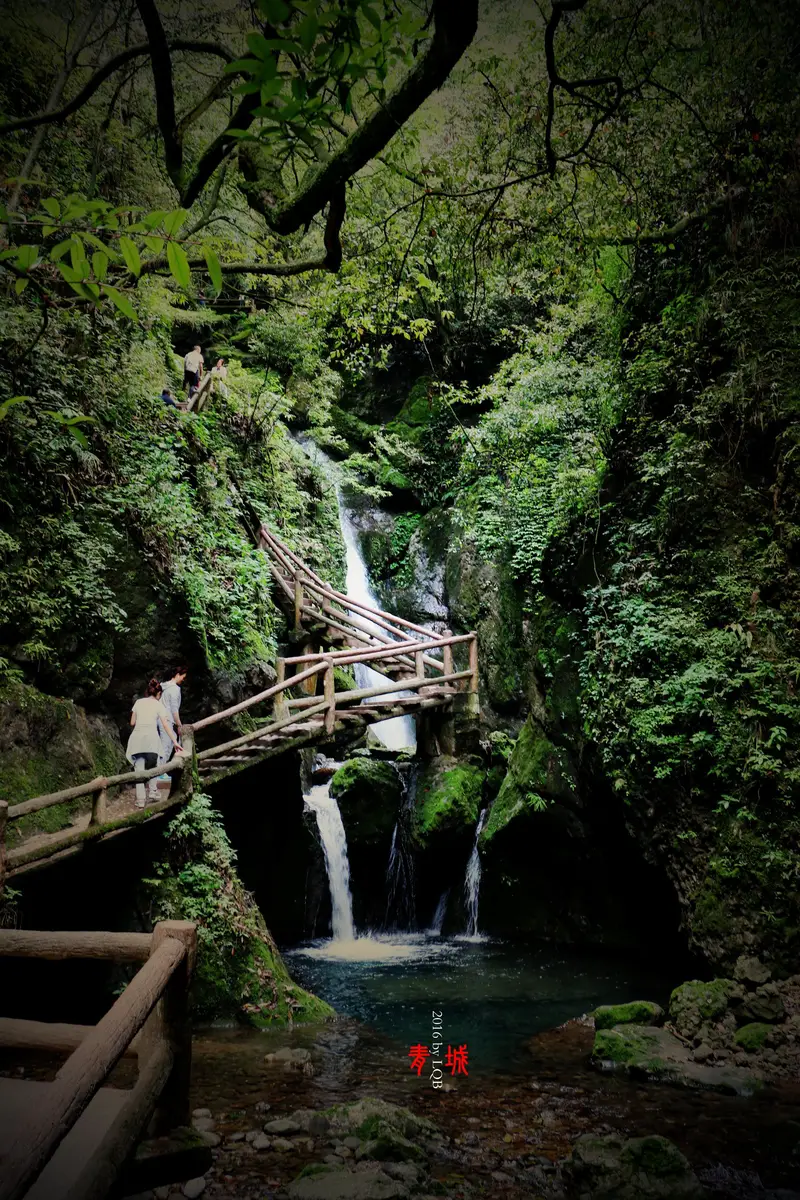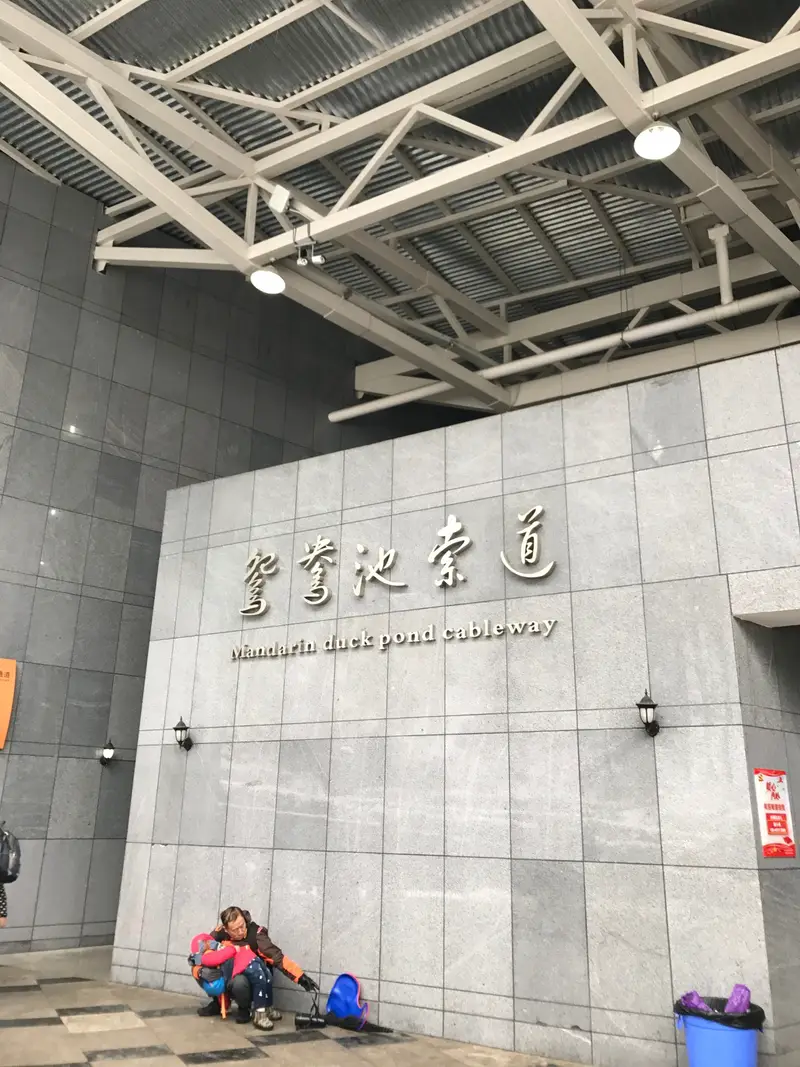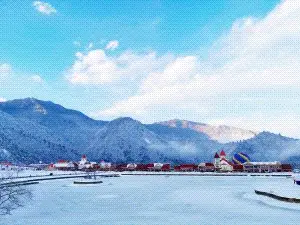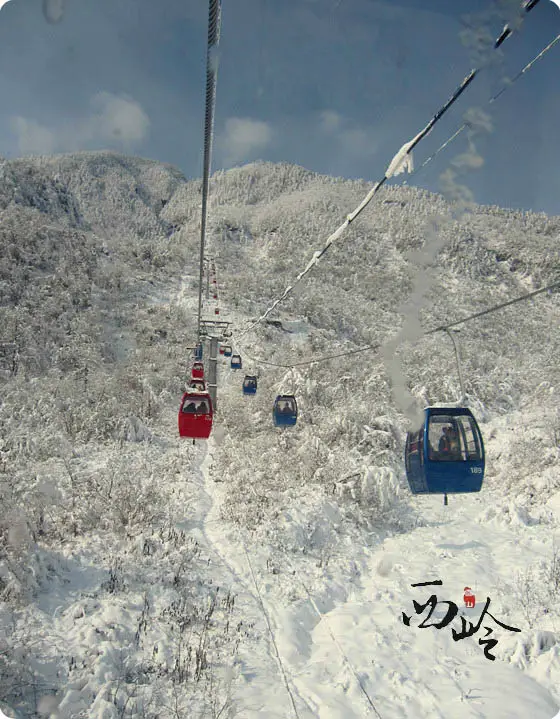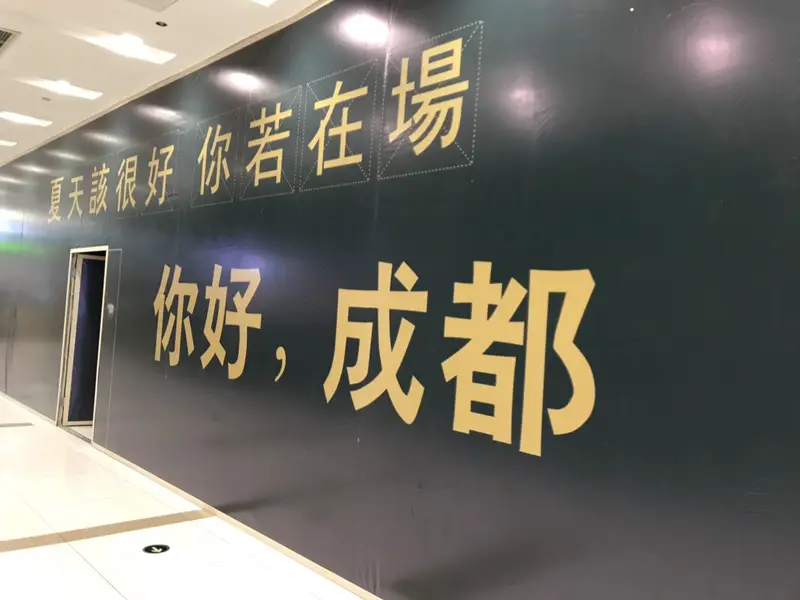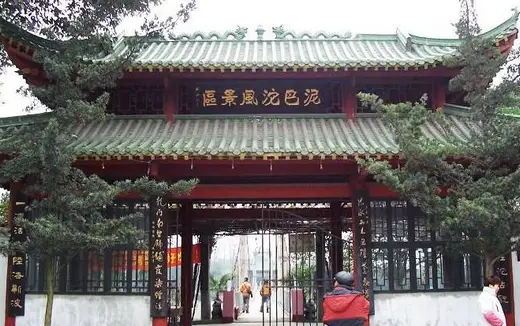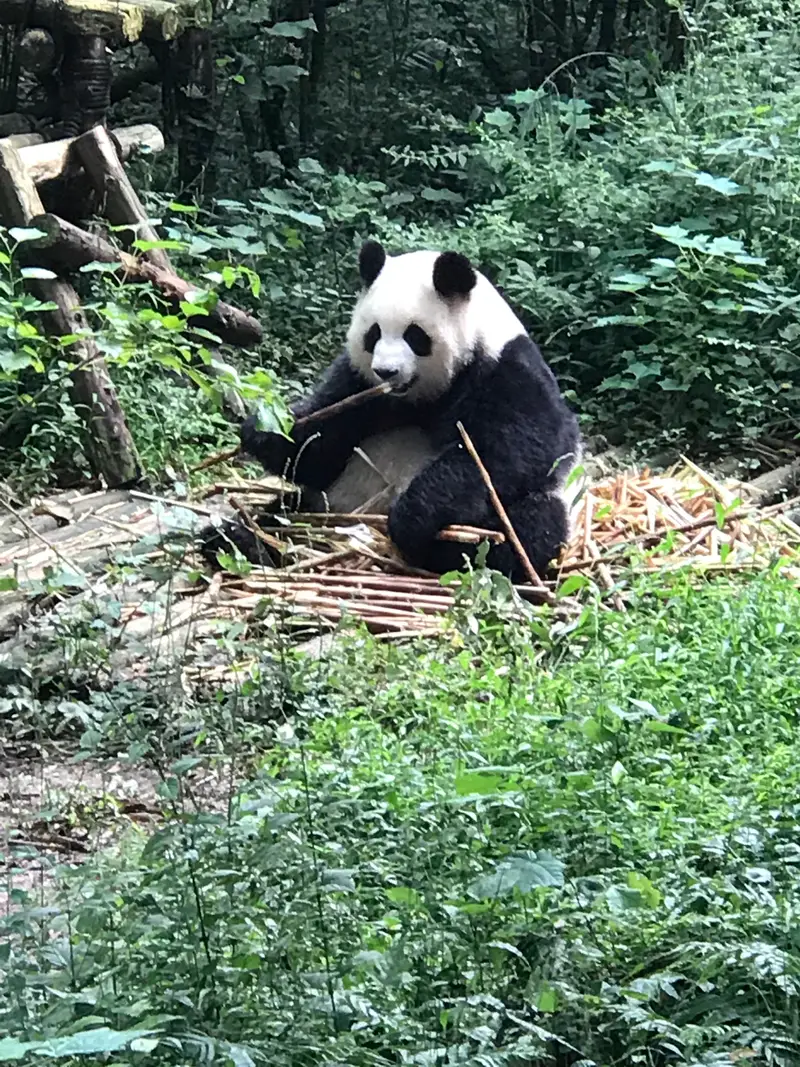Location & How to Get There
Qingcheng Mountain Cableway sits in the heart of Qingcheng Mountain Scenic Area, located in Dujiangyan City, about an hour’s drive west of central Chengdu. The cableway is nestled on the east side of the mountain, making it a perfect starting point for exploring both the natural and cultural wonders of this UNESCO-listed site.
To reach here, you can:
- By public transport: Take a high-speed train from Chengdu East Railway Station to Dujiangyan (~30 minutes), then a taxi or bus (~20 minutes) to the mountain’s entrance.
- By car: Drive along the G5 Beijing-Kunming Expressway, exit at Dujiangyan, and follow signs to Qingcheng Mountain. Parking is available near the cableway’s base.
- By tour group: Many Chengdu travel agencies offer day trips that include round-trip transfers and entry tickets.
Natural Scenery: A Feast for the Eyes
Riding the Qingcheng Mountain Cableway feels like gliding through a traditional Chinese landscape painting. As you ascend, lush forests, jagged peaks, and mist-covered valleys unfold below. In spring, wildflowers blanket the slopes, while autumn paints the mountains in shades of red and gold. The cableway’s mid-station offers a thrilling viewpoint where you can pause to take photos of the “sea of clouds” that often envelops the peaks.
At the top, the air is crisp and cool, with trails leading to ancient temples and lookouts. On clear days, you might spot distant snow-capped mountains, a rare treat in this subtropical region. Trust me—the views from the cableway are worth every step (or should I say, every minute of the ride)!
Cultural Charm: Taoism and History
Qingcheng Mountain isn’t just about nature—it’s also one of China’s四大道教名山 (four great Taoist mountains). The Qingcheng Mountain Cableway drops you near key cultural sites like the Tianshi Cave, where Taoist priests once practiced alchemy, and the Ancient Jianfu Temple, founded in the Shang Dynasty. Even if you’re not into religion, the centuries-old stone sculptures, calligraphy-covered cliffs, and peaceful temple courtyards offer a glimpse into China’s spiritual heritage.
Fun fact: The mountain’s name, Qingcheng (“Green City”), comes from its dense foliage and serene atmosphere. Legend says a Taoist hermit named Xiang Yan lived here over 2,000 years ago, and the mountain’s layout still reflects his love for harmony with nature.
Practical Tips: What to Expect
- Tickets: The cableway costs ~¥60–¥80 for a round trip (prices may vary by season). Buy tickets online to skip lines.
- Hours: Open daily from 8:00 AM to 5:30 PM (last ride up at 4:30 PM).
- Dress warmly: Even in summer, the mountain’s summit can be chilly. Rent coats if you forget yours!
- Food & Rest: There’s a small café at the mid-station and snack stalls near the top. Bring water, though—hydration is key for mountain exploration!
Why You’ll Love It
The Qingcheng Mountain Cableway is perfect for travelers short on time but hungry for beauty. Unlike hiking, it lets you skip steep paths while still immersing you in the mountain’s magic. Families with kids will appreciate the gentle slopes and safety railings, while photographers will revel in the ever-changing light and landscapes.
Pro tip: Visit on a weekday morning to avoid crowds. And don’t miss the sunset! If time allows, stay until dusk to watch the sky turn pink over the peaks—a moment straight out of a fairy tale.
Whether you’re a nature lover, culture buff, or just seeking a breath of fresh air, the Qingcheng Mountain Cableway delivers. Pack your camera, wear comfy shoes, and get ready for an adventure that’s equal parts breathtaking and soul-soothing!


